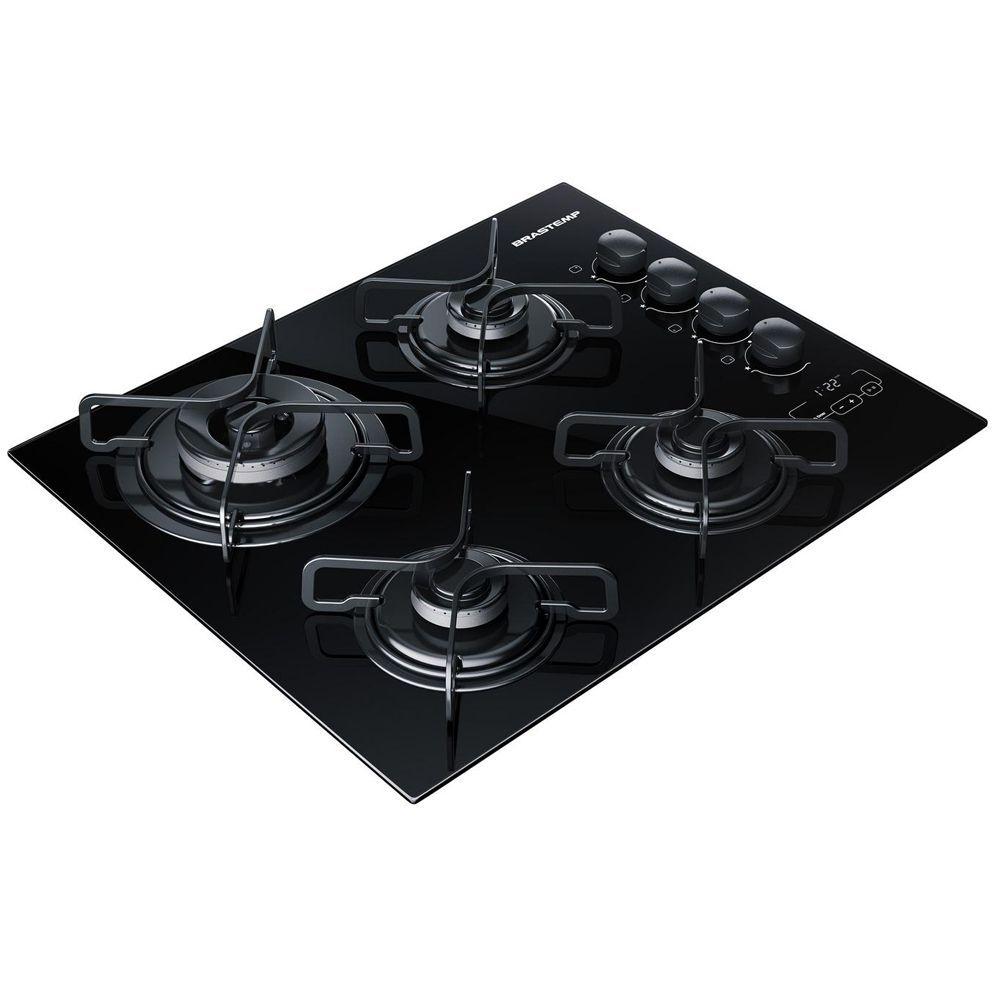

The internal block diagram and schematic of the 555 timer are highlighted with the same color across all three drawings to clarify how the chip is implemented: Low-power CMOS versions of the 555 are now available, such as the Intersil ICM7555 and Texas Instruments LMC555, TLC555, TLC551.
#Touch timer full
Thus, the full part numbers were NE555V, NE555T, SE555V, and SE555T. These chips were available in both high-reliability metal can (T package) and inexpensive epoxy plastic (V package) form factors. The NE555 parts were commercial temperature range, 0 ☌ to +70 ☌, and the SE555 part number designated the military temperature range, −55 ☌ to +125 ☌. Variants available included the 556 (a DIP-14 combining two complete 555s on one chip), and 558 / 559 (both variants were a DIP-16 combining four reduced-functionality timers on one chip). It was Art Fury (marketing manager) who thought the circuit was gonna sell big who picked the name '555'." Design ĭepending on the manufacturer, the standard 555 package incorporated the equivalent of 25 transistors, 2 diodes, and 15 resistors on a silicon chip packaged into an 8-pin dual in-line package (DIP-8). However, in a recorded interview with an online transistor museum curator, Hans Camenzind said "It was just arbitrarily chosen. Several books report the name "555" derived from the three 5 kΩ resistors inside the chip. The 555 timer was manufactured by 12 companies in 1972, and it became a best-selling product. The 9-pin version had already been released by another company founded by an engineer who had attended the first review and had retired from Signetics that firm withdrew its version soon after the 555 was released. This revised version passed a second design review, and the prototypes were completed in October 1971 as the NE555V (plastic DIP) and SE555T (metal TO-5). The design change decreased the required 9 external pins to 8, so the IC could be fit in an 8-pin package instead of a 14-pin package. A few days later, Camenzind got the idea of using a direct resistance instead of a constant current source, finding that it worked satisfactorily. Assessed to be without error, it proceeded to layout design. The first design for the 555 was reviewed in the summer of 1971. Camenzind's idea was originally rejected, since other engineers argued the product could be built from existing parts sold by the company however, the marketing manager approved the idea. Camenzind proposed the development of a universal circuit based on the oscillator for PLLs and asked that he develop it alone, borrowing equipment from Signetics instead of having his pay cut in half. Signetics subsequently laid off half of its employees due to the 1970 recession, and development on the PLL was thus frozen. He designed an oscillator for PLLs such that the frequency did not depend on the power supply voltage or temperature. In 1968, he was hired by Signetics to develop a phase-locked loop (PLL) IC. Press any button to stop the alarm.The timer IC was designed in 1971 by Hans Camenzind under contract to Signetics. Alarm will sound and the light and screen will flash for 30 seconds when the countdown in is complete.Start countdown by pressing Stop/Start button S/S.Set countdown time by holding or pressing the Minute M and Second S button.Before first use, remove the plastic strip from the battery compartment.

Loud 30 second alarm and flashing function.The handy kitchen gadget counts minutes as well as seconds and features an easy start/stop functionality for minimal fuss! Time your meals to perfection with the Avanti Digital Timer! The magnetic fixing and fold out stand makes it easy to move around the kitchen and household. The Avanti® Digital Touch Button Timer is a compact, sleek and easy to use kitchen timer with touch screen buttons and large number count down display.


 0 kommentar(er)
0 kommentar(er)
